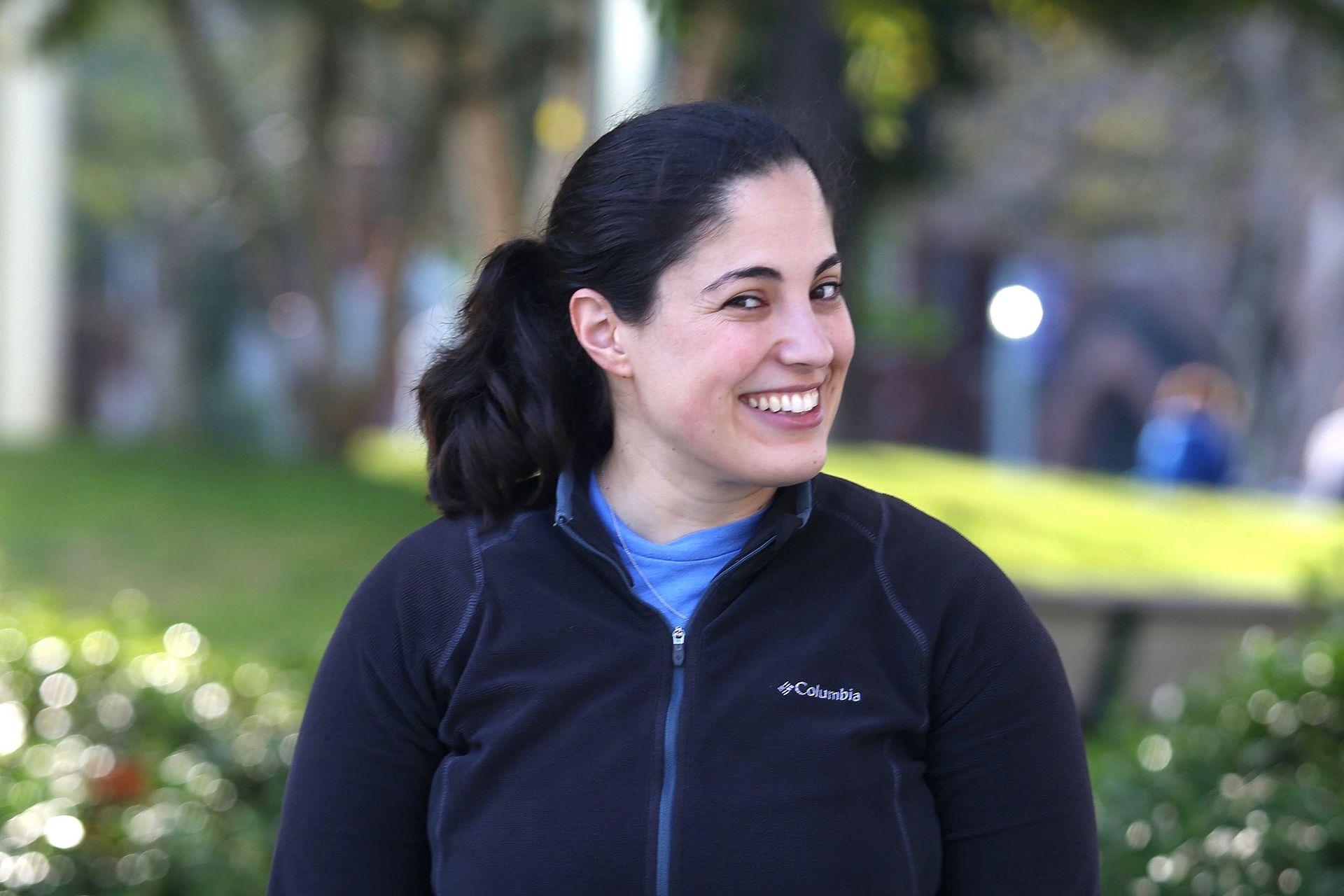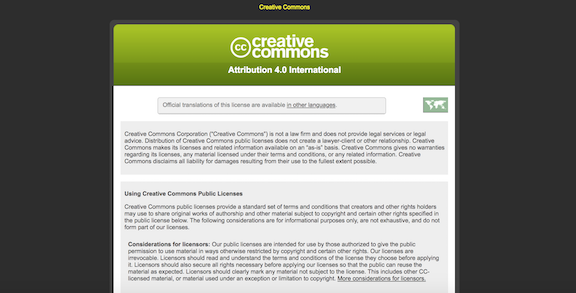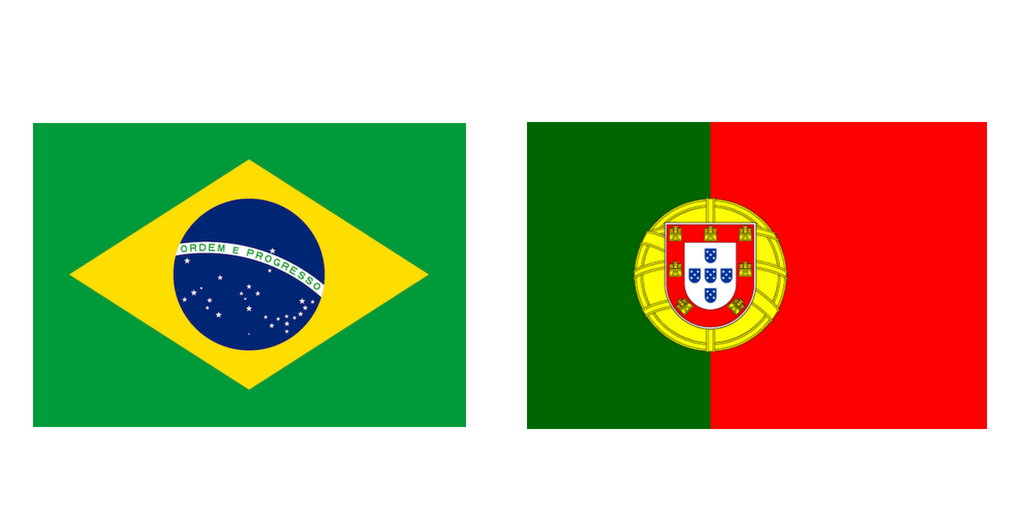Flipping the Switch on a Revitalized CC Network
jeudi 26 juillet 2018 à 21:57I’m excited to share an update on the implementation of the CC Global Network Strategy, and to move forward on an important next step that will, for the first time, put the Network in the hands of the Network: the first meeting of Chapter representatives to the Global Network Council.
We started this process together in 2015, at the Global Summit hosted by CC Korea, in Seoul, South Korea. Many leaders in our community wanted to revitalize our network and help it grow, and it was soon after I had joined CC with a mandate from the Board of Directors to put community back at the center of our work.
The previous affiliate structure was top-down, where each affiliate was selected by CC HQ, and only those with a memorandum of understanding with HQ were permitted to join. The affiliates had only the rights granted by MOU, and their workplans were approved by HQ. While much good work was done, there was a desire from the community to do more, and work more collaboratively. Together, we initiated a community-driven process to evaluate, evolve, and invigorate the network.
A small group of community leaders — both new and longstanding contributors from around the world — formed a strategy committee, chaired by myself and Alek Tarkowski from CC Poland. We designed a global consultation and collaborative design process to create a new network. We commissioned independent research, and a committee of affiliates and community members explored new models and ways of engagement and governance. They reviewed hundreds of comments, and drafted a new strategy, a new charter, and a new code of conduct.
The model, built around a structure of Chapters and a Global Council, was designed by the network, and the members are being approved by the network, for the first time in our history. We decoupled the local teams from institutions to allow leading individuals to join and remain connected no matter where they went. We built clear processes, so that anyone who shared our values and had done work to contribute to the Commons could join. We also added a layer of governance that allows the network to lead the network, with partnership and support from the global organization.
To support these new Chapters, we built a network website to drive engagement and support a connected, active community. CC hired new staff to support local communities and develop a strong global ecosystem. We made our Global Summit an annual event to give us more opportunities to organize and connect. We provided financial support to local projects.
The network decided that each of its members must be endorsed or vouched by two other community members who know them personally and who know their work. It has been quite meaningful to me to be asked to vouch for community members, to share my endorsements of their accomplishments, and to read the statements others write about their colleagues to extoll their virtues and achievements over the years. We have a lot to celebrate, and much more to do.
This is a major shift, and I respect that it comes with some adjustment, especially for longtime affiliates. Change can be difficult and frustrating, and I’m grateful to each of you for working together to make it work.
Today, the new Global Network is growing rapidly, with a dozen formally-established chapters, over 252 individual members and 19 institutional members in 62 countries, and more coming online every day. We are more decentralized, collaborative, and community-led than ever before. I’m proud of the work we’ve done together, and inspired by the energy and passion for the CC community.
What’s Next?
With many Chapters now established, and many more to come, it’s time to hold the first meeting of the Global Network Council. The meeting will take place in late September or early October. We’ll canvass Chapters on the ideal times and provide lots of advance notice.
If you are in a community that hasn’t set up its Chapter yet, now is the time. Our staff are here to help — it’s a simple process of connecting with the members in your country, hosting an online meeting, and selecting a public lead and a representative to the Global Network Council. For some Chapters, there will be more structure needed, and for others it will be less formal. We’ve produced a guide to help you through the process, and there’s a #network-support channel in the CC Slack to get help from your peers.
Thank you again for all your energy and passion for Creative Commons’ community. In particular, I want to thank the network strategy group, the transition team, and the Interim Membership Council, who have all given their time to help establish the new Network. I also want to single out Claudio Ruiz, Simeon Oriko, Rob Myers, Diane Peters, Sarah Pearson, and George Hari Popescu for their work as staff to support this new strategy.
The post Flipping the Switch on a Revitalized CC Network appeared first on Creative Commons.





